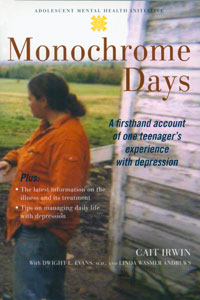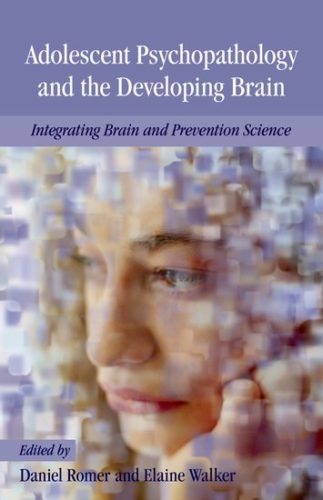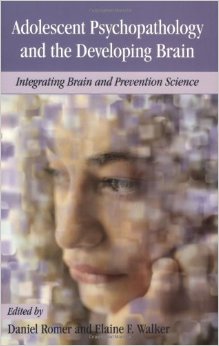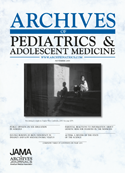In June 2005, a distinguished group of researchers gathered at the University of Pennsylvania to synthesize recent developments in the field of adolescent brain development and their implications for the prevention of mental disorder. The results have been released in a new volume, Adolescent Psychopathology and the Developing Brain: Integrating Brain and Prevention Science, published
Health and Risk Communication
Abstinence-only programs inadequate, Bleakley writes
Federal funding of abstinence-only education is fiscally, politically and scientifically irresponsible, writes Amy Bleakley in a column published in today’s Philadelphia Inquirer. Bleakley, a research scientist in the Health Communication Group of the Annenberg Public Policy Center, notes that studies confirm the programs are ineffective in preventing or delaying sexual activity among teens. They are losing political support among
Canadian-style Cigarette Warning Labels Would Deter Smokers, New Study Reveals
U.S.-style labels have little influence on tobacco sales Washington – Large, graphic warning labels on cigarette packages similar to those used in Canada would serve as an important deterrent for new smokers and would encourage current smokers to quit, according to a research study released here today. “There is no more efficient method of reaching
Holiday-Suicide Link: Newspapers Continue to Perpetuate the Myth
Despite no basis in fact, newspapers continue to report on the increased risk of suicide around the Thanksgiving, Christmas and New Year holidays. An analysis of newspaper reporting over the past seven years released today by the Annenberg Public Policy Center shows that this story represents about half of all holiday-relevant suicide reporting. Stories linking
Likelihood of HPV Vaccination Affected by How Information Is Presented, Penn Study Reveals
The way that the vaccine for human papillomavirus is described can affect whether women decide to seek vaccination, according to a study by researchers at the Center of Excellence in Cancer Communication Research of the University of Pennsylvania’s Annenberg School for Communication. The research was presented in Boston at the American Association for Cancer Research’s
Public Support for Condom Instruction Strong; Support for Abstinence-Only Programs Low, New Survey Finds
Abstinence-only sex education programs – a favorite of the Bush administration but criticized by many health experts – are not supported by a large majority of the American public, regardless of their political or religious ideologies, a new survey has found. Eighty percent of those surveyed favored a sex education curriculum that includes information about



